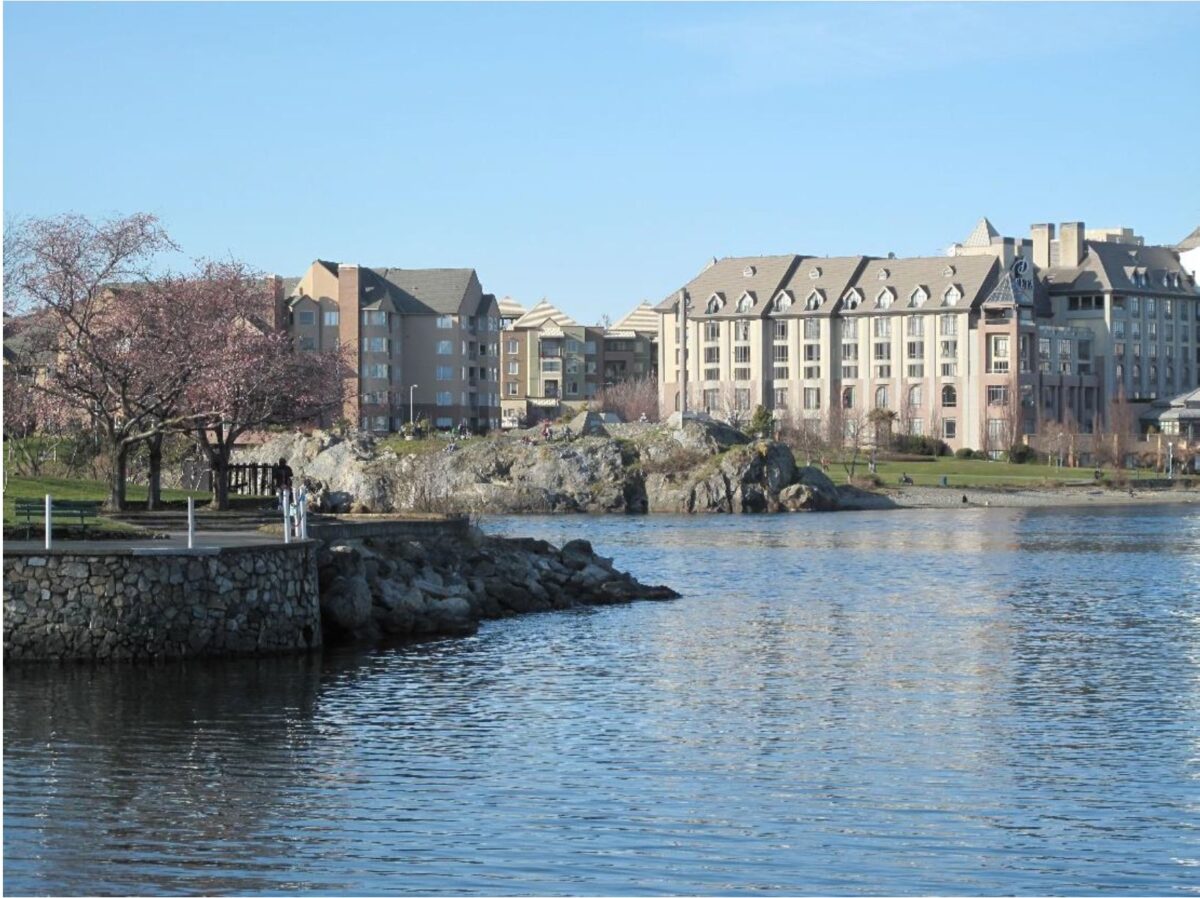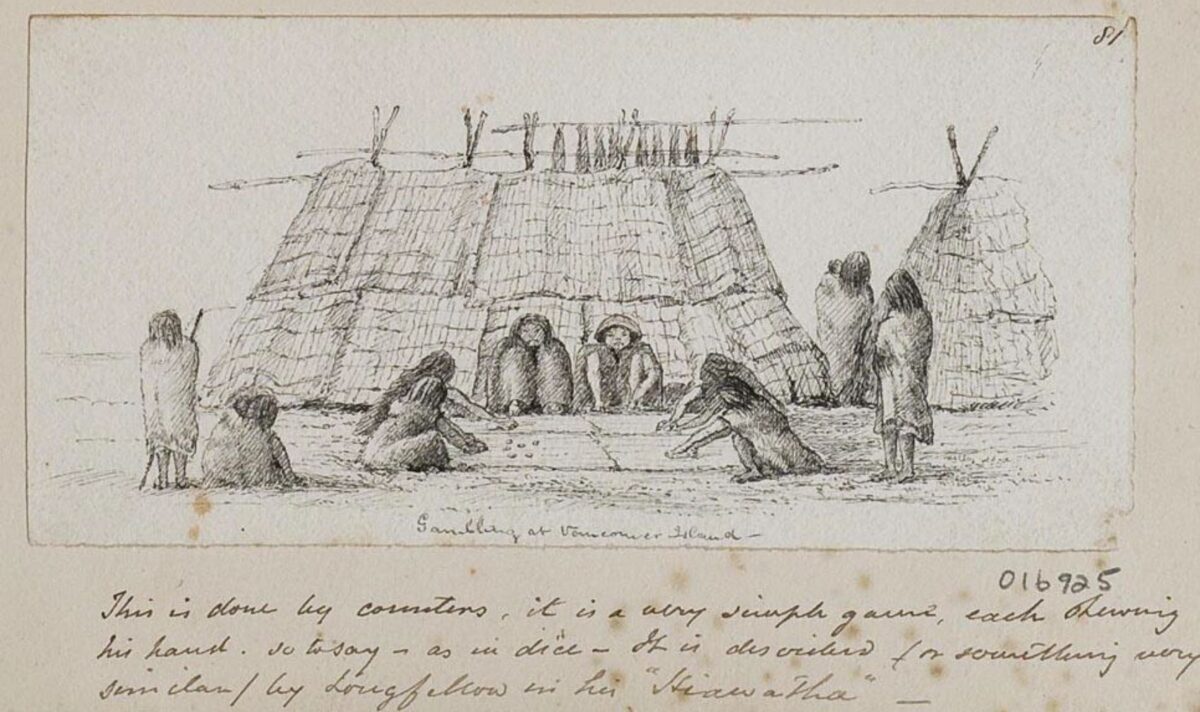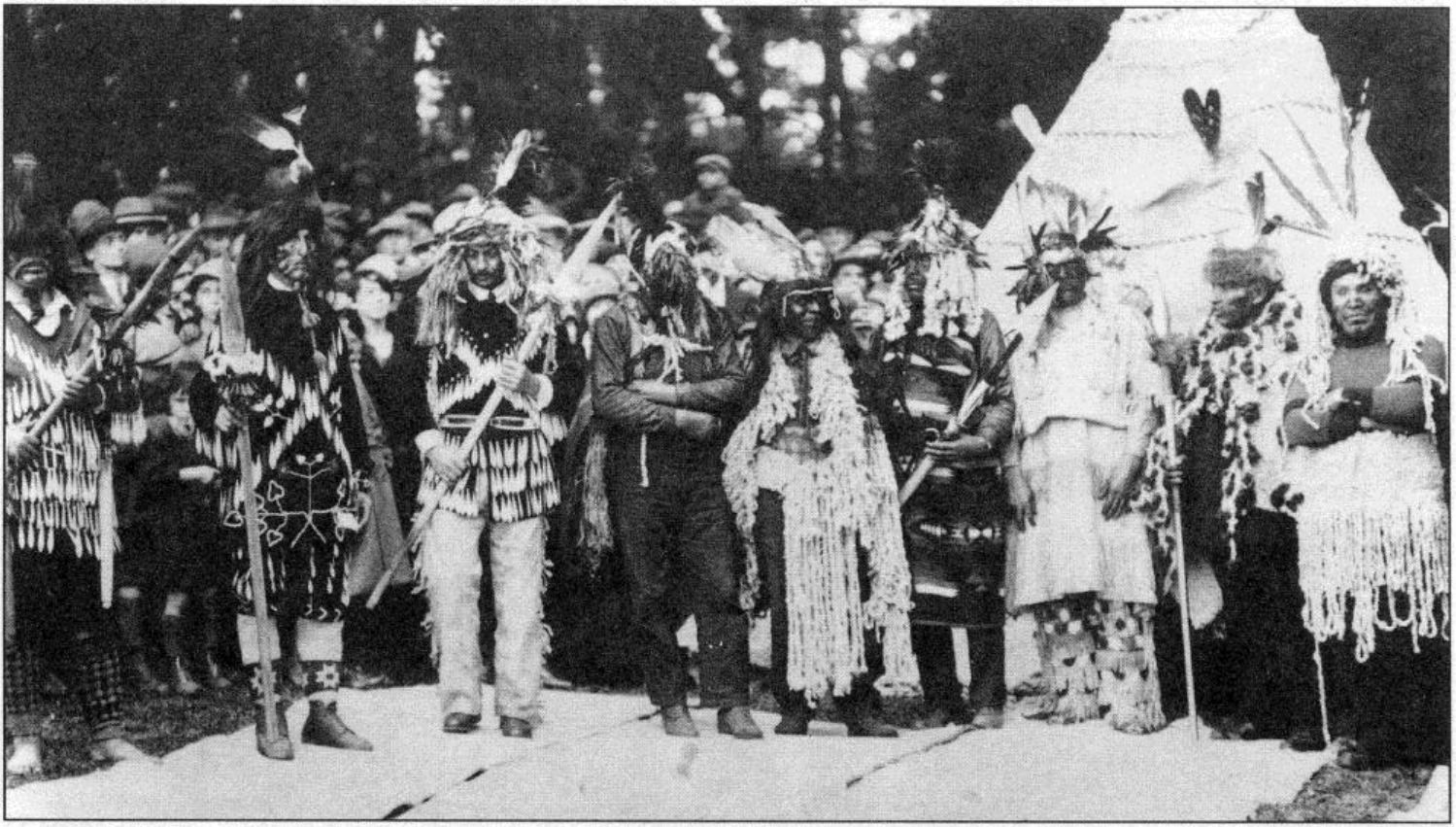
By Grant Keddie. For the Indigenous Lekwungen of greater Victoria there are two special places associated with the acquiring of spirit power. One is at the Gorge waterfalls under the Tillicum bridge and one here in the downtown core of Victoria. This is the location of Songhees Point – the rocks sticking out into Victoria Harbour across from Laurel Point. Pallatsis (p’alac’as) “place of cradle” is the name given by Songhees Sophie Micheal and Ned Williams for Songhees Point In traditional culture the natural and supernatural worlds are inseparable; each is intrinsically a part of the other. Pallatsis, was a sacred place where people deposited the cradles of children who had reached the walking stage and put there to ensure … Continue reading “Pallatsis. A Special Place in Lekwungen Tradition”




